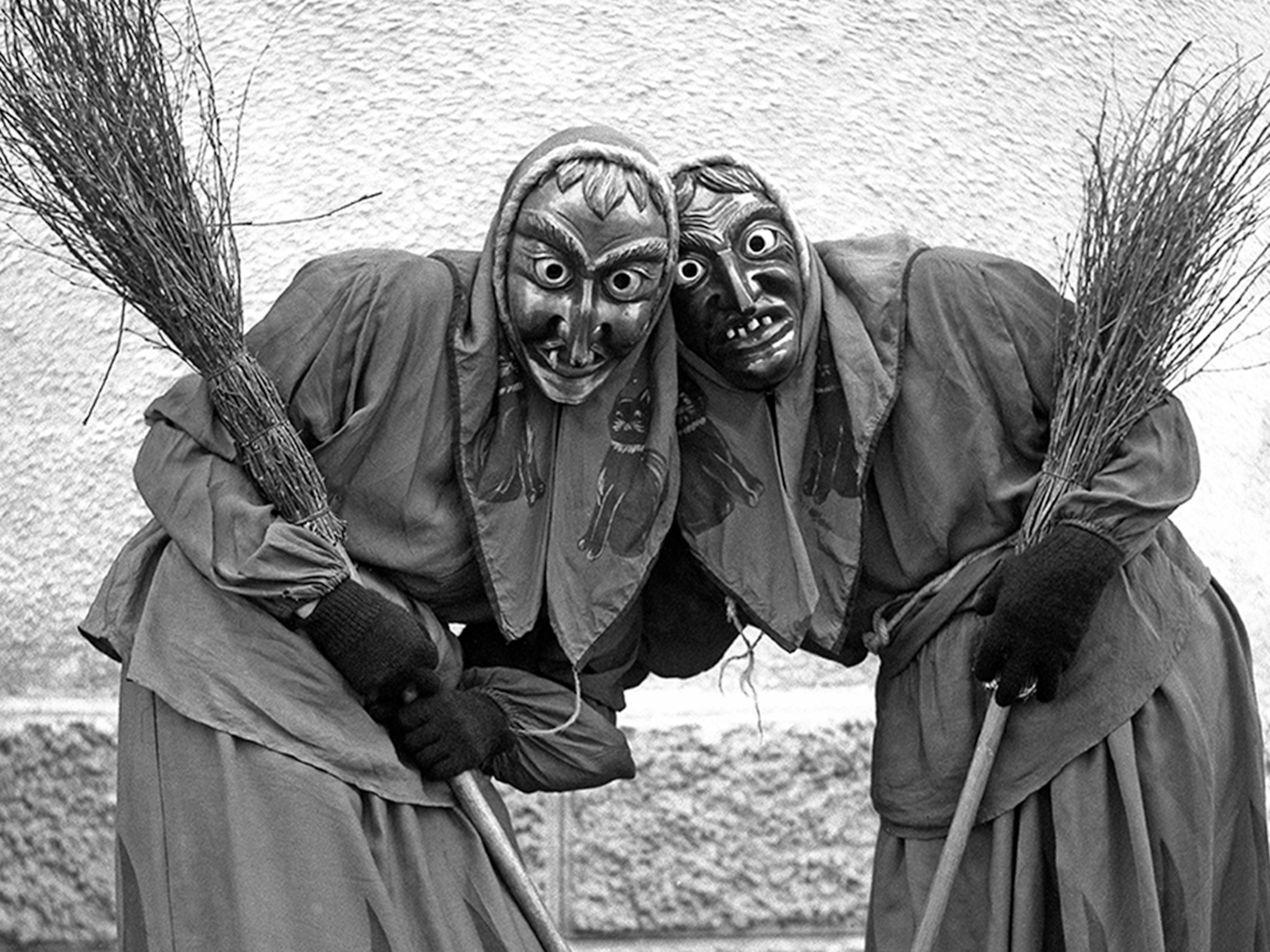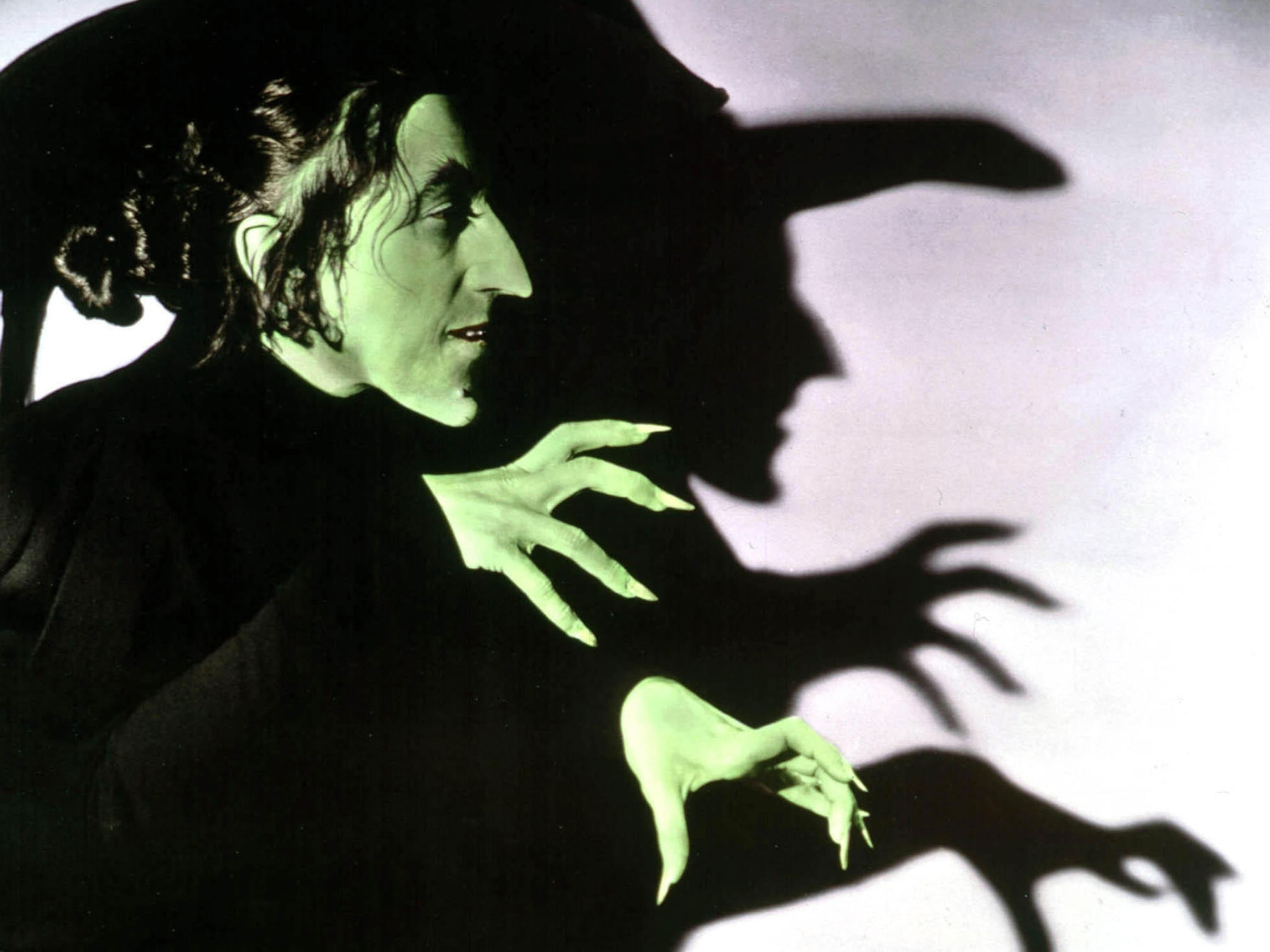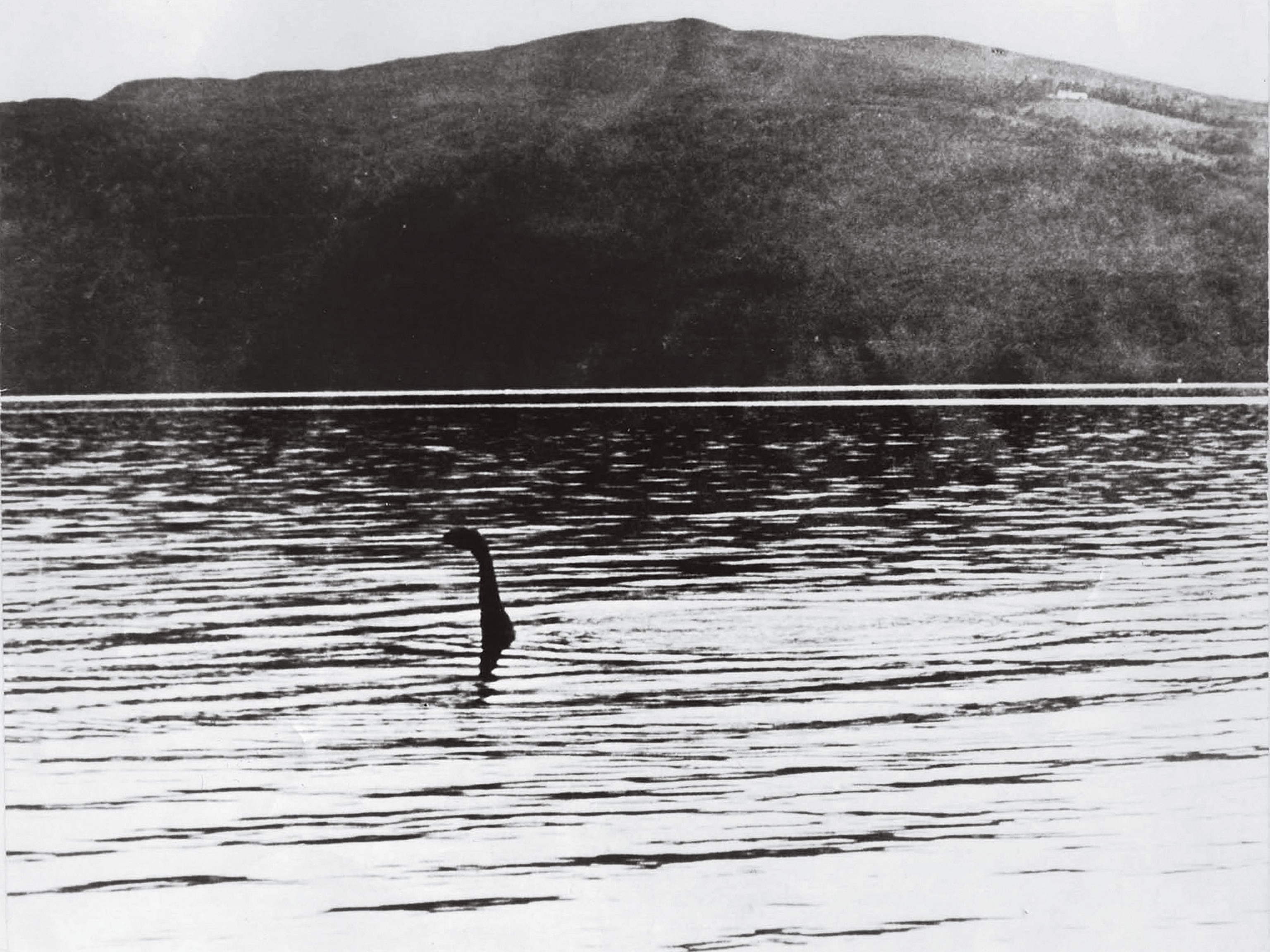
What’s behind the strange rash of ’dinosaur’ sightings in the Congo?
For centuries, locals have told stories of mokele-mbembe, a legendary creature said to lurk in the Congo Basin. But as forests vanish, sightings are on the rise—offering a glimpse into how folklore is changing with the landscape.
Trees began to quake, monkeys shrieked, and birds fled skyward.
Deep in the heart of Odzala-Kokoua National Park, Selah Abong’o froze, convinced she was about to encounter something out of legend: a mokele-mbembe, Congo’s mythical dinosaur.
In 2003, the young Congolese conservationist ventured into the dense forest to investigate a devastating Ebola outbreak that had wiped out over 5,000 western lowland gorillas. But that day, the epidemic took a backseat to her racing imagination.
“It was just a really big forest elephant,” she laughed. “We don’t have dinosaurs here, although it’s easy to mistake an elephant or hippopotamus for one, which I did. I was a rookie back then.”
Two decades later, the legend of mokele-mbembe remains alive, whispered in villages and embellished with each new “sighting,” and Abong’o says deforestation is the reason why.
The Congo Basin—Earth’s second-largest rainforest and one of its most vital ecosystems—has lost 23 million hectares of forest since Abong’o’s so-called dinosaur encounter, an area comparable to the entire United Kingdom.
As human settlements creep further into habitats, encounters between locals and wildlife are becoming more frequent. Mokele-mbembe has shifted from a Western, pseudo-scientific obsession among cryptozoologists and creationist ministers back to its roots as a local African legend shared by those who have long known its story.
“In bigger settlements where habitats are being pushed into and people aren’t used to seeing large animals, they’re suddenly encountering them all the time,” says Laura Vlachova, a Czech conservationist. “It’s these people who tell me they’ve seen mokele-mbembe. I think what it really shows is how folklore is starting to reflect the reality of a shrinking ecosystem.”
When myths meet reality
Among the Ba’Aka—a forest-dwelling people indigenous to the Central African Republic, Republic of Congo, Gabon, and Cameroon—stories of the “one who stops rivers” have endured for centuries, says Abong’o.
If the legendary creature does exist, it would likely reside in Lake Tele, a remote body of water cocooned by virgin jungle in the Likouala swamps. The lake lies within the Lac Télé Community Reserve, a pristine, 4,400-square-kilometer expanse where surveys in 2006 and 2007 uncovered an astonishing 125,000 gorillas—more than the species’ total estimated global population at the time.
Yet, despite its remoteness, habitat loss is escalating in the region. Settlements in the region rely heavily on slash-and-burn agriculture, clearing patches of forest to grow cassava, peanuts, bananas, and maize. Trees and shrubs are felled, and the remaining vegetation is burned to enrich the soil with ash, offering short-lived fertility. Usually, within two to five years, the soil becomes depleted again, which forces farmers to clear new land—perpetuating an ecological nightmare of a cycle.
In 2023, Congolese biologist Joseph Oyange observed this firsthand when visiting a family in northern Congo.
He watched the smoke rise from two hectares of the jungle they had cleared, unwittingly disrupting the gorilla habitat. The displaced primates foraged in the fields by night, leaving crops trampled by morning. One teenager, hearing gorilla cries, later told Oyange, “It was mokele-mbembe roaring.”
“There’s often a certain degree of truth to these myths, so I don’t completely disregard them,” says Allard Blom, vice president of global programs of African forests for the World Wildlife Fund (WWF). “But I am skeptical, and until someone shows me proof of a dinosaur-like animal, I don’t believe it. There’s usually a real animal it’s being mistaken for.”
The cost of lost forests
The Congo Basin isn’t just a source of folklore, however. It’s a crucial ecosystem for both local communities and the planet.
Spanning an area second only to the Amazon, it is often called the “lungs of Africa.” It absorbs 1.5 billion tons of CO2 annually, ranking it the world’s largest carbon sink.
But it’s under siege. Agriculture, logging, mining, and a swelling population carve more into the jungle each year, while government corruption greenlights unchecked encroachment. The relentless appetite for bushmeat, the march of industry, and the looming shadow of climate change all have a hand in destroying the Congo.
Weakening the rainforest, of course, will have global implications. One of those is the growing proximity between humans and wildlife, which facilitates the transmission of zoonotic diseases—illnesses that jump from animals to humans, such as COVID-19, Ebola, and monkeypox.
“The more we’re exposed to wild animals, the higher the chances these viruses will make the jump into the human population,” says Blom. “It’s a simple question of statistics.”
But this dynamic is a double-edged sword. The “rapid increase in the Congo Basin, driven by commerce,” exposes endangered gorillas and chimpanzees to disease—an impact his team sees clearly as both populations continue to decline year after year, says Gwili Gibbon, conservation manager at African Parks.
The ripple effects of these interactions aren’t new to Selah Abong’o, who mistook a forest elephant for a mokele-mbembe nearly 20 years prior.
“My colleagues still tease me about that,” she says with a smirk. “But when I think about it now, it saddens me. People are still confusing elephants and apes for mokele-mbembe, and that’s largely because of deforestation. Zoonotic diseases, like Ebola, are still spreading as people encroach more on the forest. And the Congo,” she paused, “is still disappearing.”






